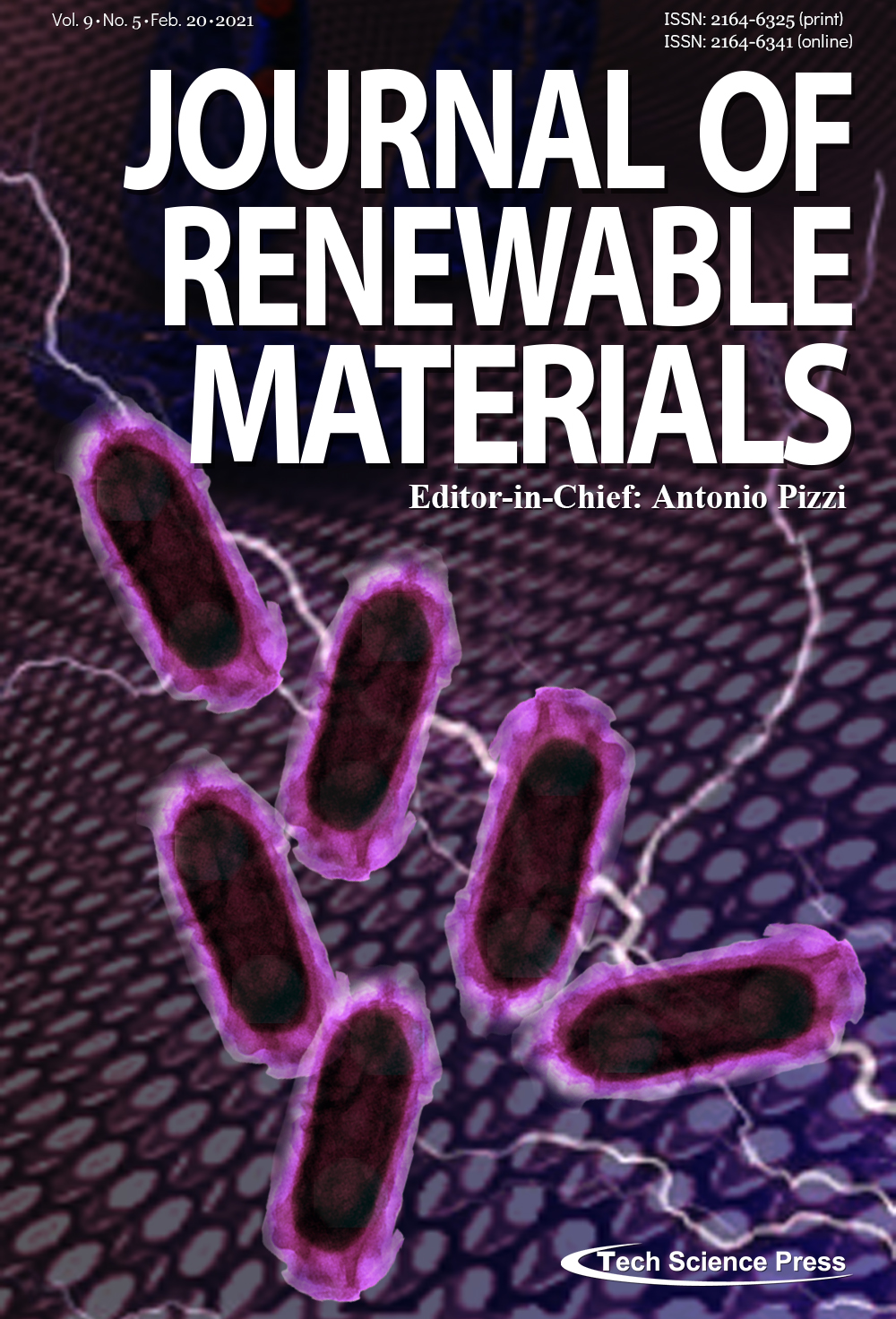Preparation and Properties of Bio-Based Flame Retardant Polyvinyl Alcohol
You Shu1,2, Qionglin Luo2, Hongwei Lin2,*, Yuejun Ouyang2, Xiaomin Zhang1,2, Liping Sheng1, Shengpei Su1,2,*
Journal of Renewable Materials, Vol.9, No.5, pp. 909-921, 2021, DOI:10.32604/jrm.2021.014216
- 20 February 2021
(This article belongs to the Special Issue: Food Packaging Materials Based on Renewable Resources)
Abstract Polyvinyl alcohol (PVA) has been widely used in the fields of medical, food and packaging due to its excellent biocompatibility, good fiber-forming and film-forming properties. However, the high flammability of PVA has greatly limited its wider applications. The flame-retardant PVA was prepared by melt blending of a bio-based flame retardant (prepared from lignin, phosphoric acid and carbamide) with thermoplastic PVA (TPVA). The chemical structure, morphology, thermal properties, mechanical properties, fire property and fluidity of this flame retardant PVA were investigated by Fourier transform infrared spectrometer(FTIR), field emission scanning electron microscope(SEM), thermogravimetric analyzer(TGA), impact tester, universal… More >
